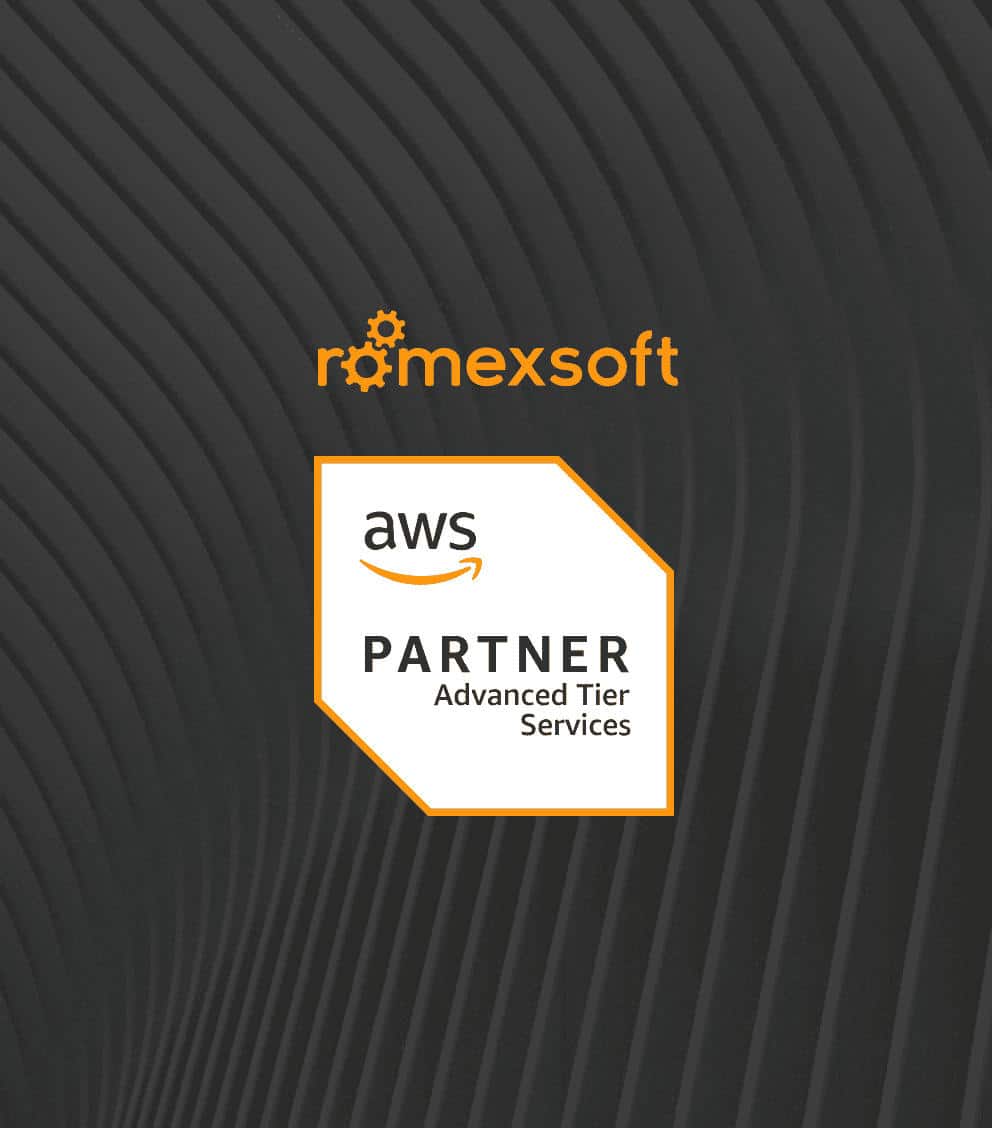Romexsoft Blog
Stay updated with our expert blog, where we share the latest insights on software development, emerging tech trends, industry tendencies, and best practices from our personal experience.
We also provide deep dives into AWS services, offering practical cases, useful tips, and well-thought-out strategies to help you navigate the Amazon cloud.

Given the complexity of balancing business objectives with technological demands, we have created this guide to help you choose and implement the optimal multi tenant architecture for SaaS applications using Java, Spring Boot, and AWS.
By the end of this article, you will understand how to select the optimal approach for your business requirements and how Romexsoft’s expertise can help you achieve your SaaS goals.
In particular, we will cover:
- What multi-tenancy in cloud computing is
- What the benefits and disadvantages of each multi tenant architecture are
- How to implement different types of architectures using Java, Spring Boot, and AWS
- How businesses can understand which type is the most suitable for their needs

Like many organizations, yours may be facing challenges when seeking secure, scalable, and high-performing search and analytics solutions. Indeed, the pursuit of making the most of the available data is often hindered by operational complexities. Be it data security or scalability issues, this is where Amazon OpenSearch Service comes into play.
Should you be new to Amazon OpenSearch Service or quite a confident user already, this all-encompassing article will guide you in the intricacies of data-driven approach and analytics. The article will give you a thorough overview on:
- what AWS OpenSearch is and how it relates to OpenSearch
- how Amazon OpenSearch operates and what functions covers
- what the typical use cases for OpenSearch are
- what benefits the service provides and at what cost
- common challenges and their solutions

HIPAA compliance requirements help to protect sensitive patient health information from being disclosed without the patient’s consent or knowledge. This article outlines key considerations and requirements you should keep in mind when building a HIPAA-compliant solution on AWS or when adapting an existing healthcare application to meet compliance standards. Companies that decide to build compliant apps on AWS, should know the following:
- what does HIPAA mean
- does AWS provide services for HIPAA compliance
- how to build HIPAA compliant architecture
- what requirements and controls are recommended to be implemented

Developing large-scale systems brings its own challenges – from defining the stages of development to implementing scalability and global content delivery. With the right framework, architecture, and development approach, enterprises can overcome these obstacles and build resilient, user-centric solutions.
The guide provides insights into:
- Key pillars of successful enterprise web app development
- Cost factors influencing enterprise web projects
- Choosing the right tech stack, framework, lifecycle model, and development process
- Security best practices and modern authentication methods

Big data is no longer just a tool for record-keeping in the insurance industry as it has become a strategic force enabling fraud prevention, faster claims, and personalized pricing. Yet adopting these capabilities isn’t without challenges, whether it’s navigating compliance requirements or controlling costs. With the right cloud-native approach, however, insurers can overcome these hurdles. This article shares how insurers can partner with a company such as Romexsoft to transform data into measurable business outcomes.
The blog gives an overview of:
- Evolution of data usage in insurance
- Benefits of big data analytics for insurers
- Core challenges of adoption
- Practical use cases with AWS examples
- Strategic approaches to overcome adoption barriers.

With users expecting pages to load within 2 seconds, the challenge for developers is to build efficient web apps and to ensure they scale effectively. Scalability, in this context, refers to an application’s ability to handle an increase in users without compromising on performance.
Our article delves deep into the intricacies of scalability, highlighting:
- the importance of response time
- the difference between vertical and horizontal scaling
- the role of databases in ensuring optimal performance
- guide on how to build a scalable web app
- insights into best practices and potential pitfalls.

Teams ranging from DevOps to IT operations now face the increasingly common challenges of backup audit failures, slow ransomware recovery, and rising cloud storage bills. CTOs and engineering leads often have to deal with complicated SLAs, multi-cloud sprawl, and automation blind spots, but they still lack the confidence to say that their systems will recover when required.
This article guides you through the mechanisms of designing a backup system for IT infrastructure and business data, using immutability, orchestration, and smart cost control to create a defense that stands up to both attackers and auditors.
The blog focuses on:
- Why cloud backups are essential
- Challenges in cloud data protection
- Practices for resilient and cost-effective backups
- Reference architectures for cloud and hybrid setups
- Implementation checklist for cloud backup strategies

Estimating the costs of web app development may seem like looking into a crystal ball – lots of fluff and no exact value. In this article, we are breaking down the core pricing factors, which influence the final price tag. However, it’s crucial to understand that the cost isn’t just a random number; it’s a calculated figure influenced by a myriad of factors.
In this article, you’ll read about:
- Factors that influence web app development cost
- Approaches to estimating web app development cost
- How much companies of different sizes charge for web app development

This article explains the benefits of using big data analytics in banking, as well as the challenges associated with implementing these solutions, and provides real-life examples. We will also examine the impact that politics in various regions have on the adoption of analytic tools and cloud-based technologies in the fintech sector.
The blog gives an overview of:
- the importance of big data analytics
- challenges of implementing big data in banking
- key use cases of big data and analytics in fintech
- regional outlook for the use of big data in banking
- how Romexsoft supports banks with big data




